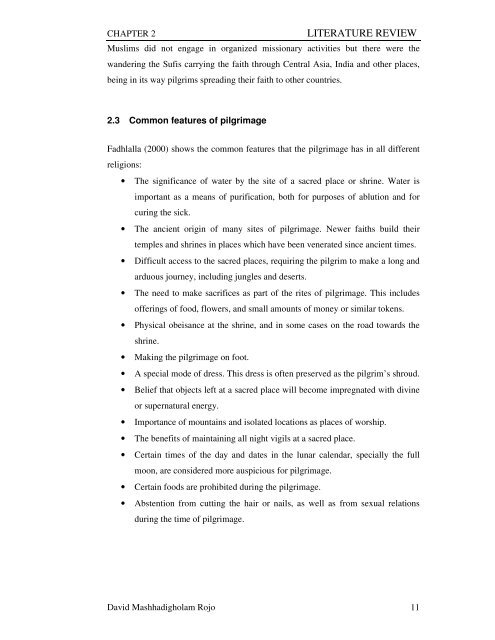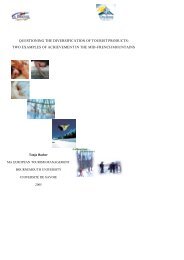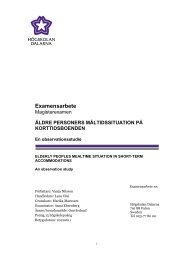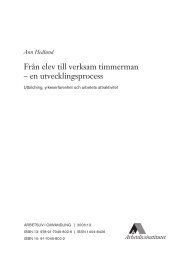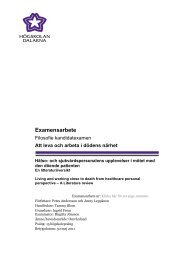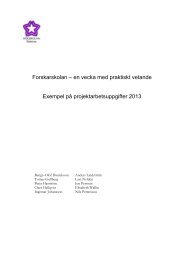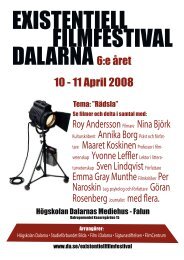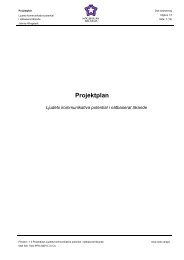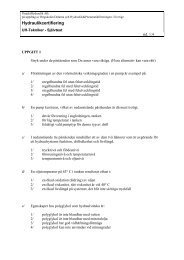Religious Tourism: The Way to Santiago
Religious Tourism: The Way to Santiago
Religious Tourism: The Way to Santiago
Create successful ePaper yourself
Turn your PDF publications into a flip-book with our unique Google optimized e-Paper software.
CHAPTER 2 LITERATURE REVIEW<br />
Muslims did not engage in organized missionary activities but there were the<br />
wandering the Sufis carrying the faith through Central Asia, India and other places,<br />
being in its way pilgrims spreading their faith <strong>to</strong> other countries.<br />
2.3 Common features of pilgrimage<br />
Fadhlalla (2000) shows the common features that the pilgrimage has in all different<br />
religions:<br />
• <strong>The</strong> significance of water by the site of a sacred place or shrine. Water is<br />
important as a means of purification, both for purposes of ablution and for<br />
curing the sick.<br />
• <strong>The</strong> ancient origin of many sites of pilgrimage. Newer faiths build their<br />
temples and shrines in places which have been venerated since ancient times.<br />
• Difficult access <strong>to</strong> the sacred places, requiring the pilgrim <strong>to</strong> make a long and<br />
arduous journey, including jungles and deserts.<br />
• <strong>The</strong> need <strong>to</strong> make sacrifices as part of the rites of pilgrimage. This includes<br />
offerings of food, flowers, and small amounts of money or similar <strong>to</strong>kens.<br />
• Physical obeisance at the shrine, and in some cases on the road <strong>to</strong>wards the<br />
shrine.<br />
• Making the pilgrimage on foot.<br />
• A special mode of dress. This dress is often preserved as the pilgrim’s shroud.<br />
• Belief that objects left at a sacred place will become impregnated with divine<br />
or supernatural energy.<br />
• Importance of mountains and isolated locations as places of worship.<br />
• <strong>The</strong> benefits of maintaining all night vigils at a sacred place.<br />
• Certain times of the day and dates in the lunar calendar, specially the full<br />
moon, are considered more auspicious for pilgrimage.<br />
• Certain foods are prohibited during the pilgrimage.<br />
• Abstention from cutting the hair or nails, as well as from sexual relations<br />
during the time of pilgrimage.<br />
David Mashhadigholam Rojo 11


